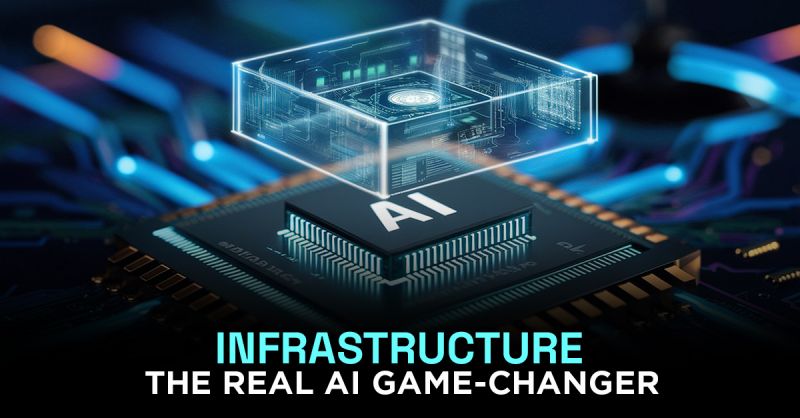
When OpenAI trained GPT-3, it reportedly used 175 billion parameters.
That wasn’t just a leap in research. It was a stress test for infrastructure.
Because building AI at global scale isn’t just about smarter algorithms.
It’s about the plumbing behind them: data pipelines, compute, networking, and cost.
Here’s what companies scaling AI at the highest level are teaching us:
→ Optimize for efficiency, not just power.
Throwing GPUs at the problem works until the bill arrives. Smarter model architectures often beat brute force.
→ Data quality > data quantity.
At a global scale, cleaning and curating data matters more than endlessly collecting it.
→ Infrastructure must be elastic.
Workloads are spiky. Scaling up and down seamlessly is the only way to survive demand without burning cash.
→ Collaboration wins.
The biggest breakthroughs are coming from ecosystems, cloud providers, chip makers, startups, not siloed labs.
The takeaway?
Scaling AI isn’t only about bigger models.
It’s about better systems, sharper tradeoffs, and smarter collaboration.
Because at the end of the day, infrastructure is the invisible foundation that makes AI visible to the world.


